Why I Love the Nikon E Series (AKA Really Cheap) Lenses
At a time when the digital photography world was buzzing with new gear announcements, I managed to fall in love with some of Nikon’s very old and cheap lenses, the E Series lenses. My experience with these lenses taught me a great lesson: it is really not about the gear. It is rather about being creative with what gear we already have, despite how limited and incapable we might think of it. This was a great inspiration to me, especially with my nagging habit of lusting after the latest and greatest gear announcements. The fact that I’m writing this article goes to show that I still struggle with GAS (gear acquisition syndrome), but for a change, this is a case about some of the cheapest lenses available.
This guest post was contributed by Samer Rizk. See more of Samer’s work at his 500px page.
I’m a Nikon shooter at heart and will use my Nikon gear for planned shoots, especially hired / paid ones. For everything else, I decided to go mirrorless. I sold a Nikon D300 for a Sony A7 and combined the latter with a bunch of Nikon E Series lenses. The E Series lenses are a group of manual lenses that Nikon originally designed as budget lenses to complement their compact film bodies.

Their key strength is the somewhat decent optical performance that comes in a compact size and light-weight package. Assuming the photographer knows what the lenses are being used for; they are capable of performing well and have their own sweet spots.
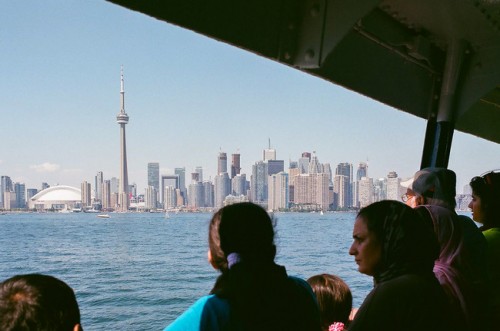

I had already owned the Nikkor 50mm f/1.8 and the 35mm f/2.5 Series E, which I used with a Nikon FE2 and briefly with my Nikon DSLRs. When I bought the Sony A7, I added the Nikkor 28mm f/2.8, 100mm f/2.8, and the 75-150mm f/3.5. I happily paid in the range of $45-$60 US for each of the lenses, except for the 100mm f/2.8, which cost a little more. For the purpose of this article, I’d like if we just think of the Sony A7 as a digital back for the Nikon E Series lenses, with a retro appeal to the whole setup.
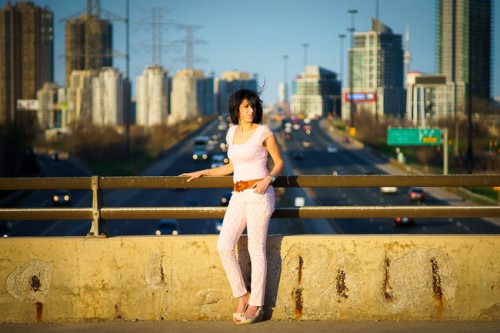
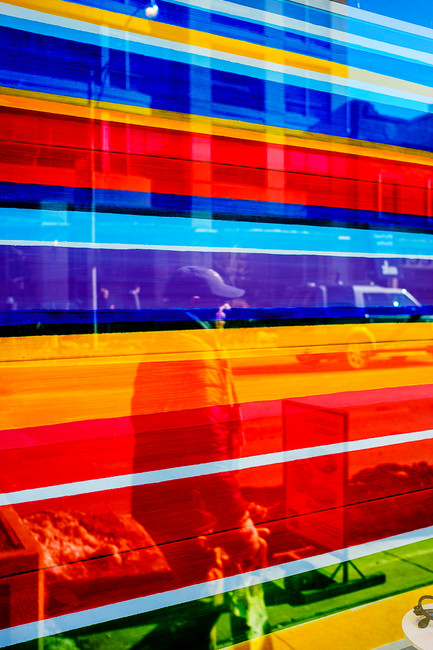
Obviously, what I like best about the E Series lenses is their compact size and light weight, especially when combined with a mirrorless body. This helped me carry my camera bag literary all the time. It’s true I lose a bit in the optical quality department, and maybe more significantly I give up autofocus, yet this is far outweighed by the fact that I have a full frame setup with me all the time and one that meets my photography needs. I was never able to do so with my otherwise advanced DSLR system, mainly due to the bulk and weight burdens. The lack of autofocus as I’ll discuss later did actually help me slow down my photography, which improved my thought process.
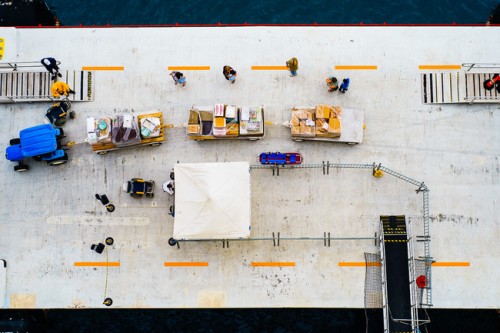
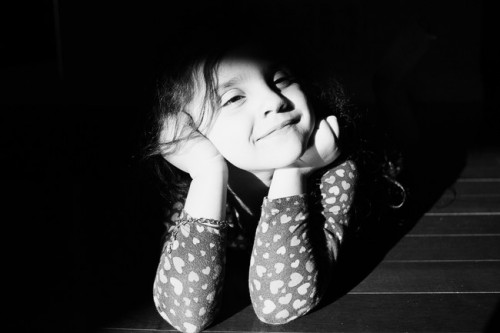
I will typically carry the 28mm, the 35mm or the 50mm combined with the 75-150mm. Sometimes I will have two primes along with the zoom; the 50mm is the smallest of the bunch and carrying it is usually a no-brainer. All factors aside, the weight of my typical setup is comparable to that of the body only of any of the DSLR bodies I owned. Another great advantage about this setup is how it goes unnoticed when shooting around people, unlike my DSLR system which is rather intimidating.
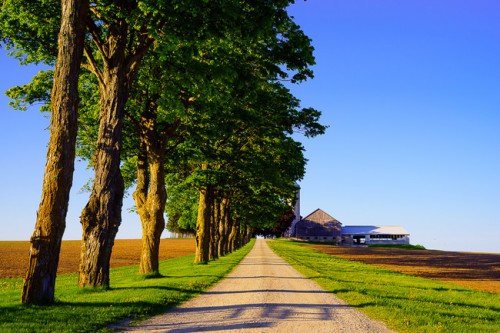
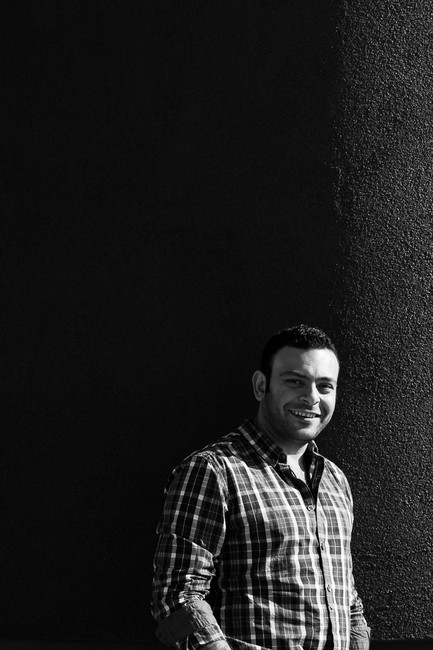
Lack of autofocus in my now everyday camera was yet another influential factor on my photography thought process; it helped me slow down in a way reminiscent of film photography. I learned how to appreciate quality over quantity and will now visualize and seek a shot better than I did before. I will shoot fewer pictures and still appreciate the outcome, even when I think I could have done better. Previously, I would shoot a ton of pictures and feel lost through the selection and editing process.
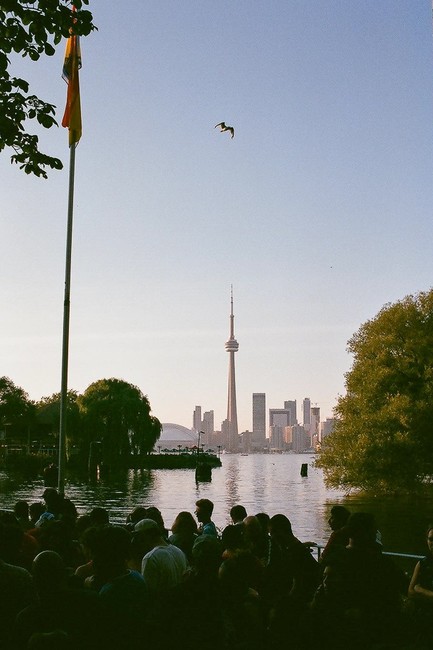

Having mentioned film photography, these E Series lenses will produce digital images with a unique character and feel to them. This is probably the case with many of the old film lenses. I personally think this can sometimes be interesting and unique, especially by today’s otherwise digital terms. They certainly lack the micro-contrast of Nikon’s recent DSLR lenses for example. Also the 50mm in particular shows a slight warm effect in pictures.


So far I’ve owned the 75-150mm f/3.5 AiS E Series lens for a lot less time than I have my Nikon 70-200mm f/2.8 AF-S VR. However on average, I’ve used the smaller lens a lot more than I have the bigger one, with the latter costing me thirty times more than the former. Not to mention the number of times I was tempted to upgrade to the newer Nikon 70-200mm f/2.8 VR II. Having said so, I must mention that my E Series lenses have actually produced some of my photography work that I’m proud of. Gear should not really hold anyone back from producing good results. A limited camera setup, that is often used, is more rewarding than an advanced system that is seldom used. After-all, limiting oneself is a good way to foster creativity. I’ve since been focusing on finding ways to shoot more often and getting the best and most use out of what I already have.

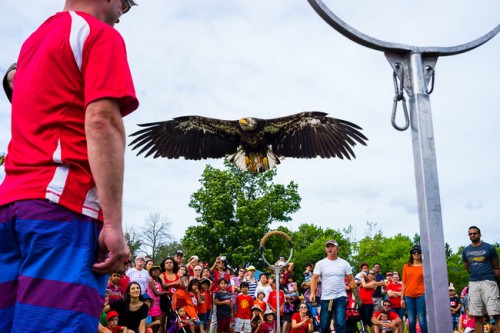
All pictures presented were shot with the Nikon E Series lenses with some captured on film.

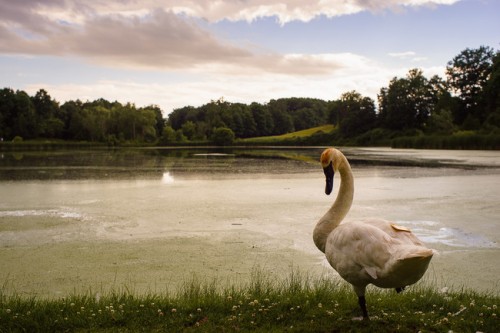





















.gif)





